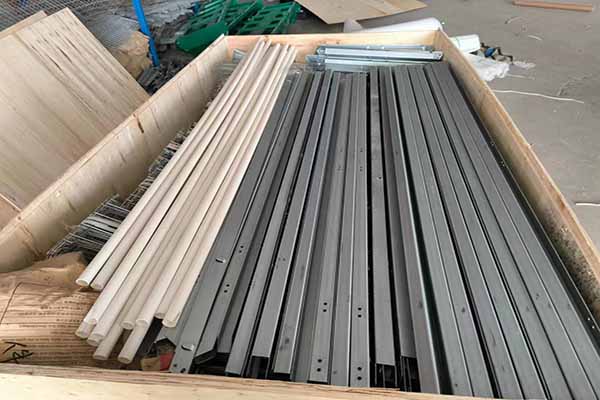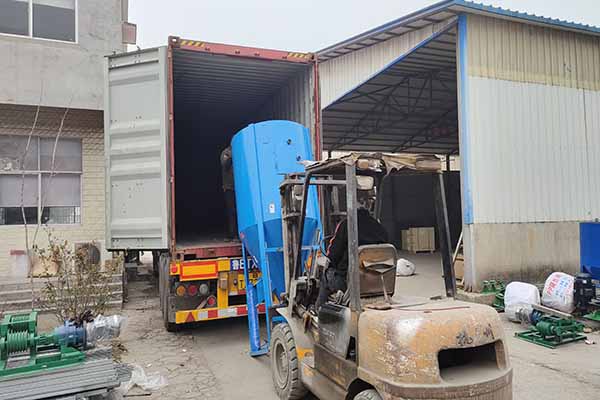Optimizing Layer Cage Size for Enhanced Poultry Farm Efficiency
Effective layer cage size plays a crucial role in poultry farming, directly impacting the health, productivity, and overall well-being of chickens. This article delves into the importance of proper layer cage dimensions and provides insights for poultry farm owners and investors.

Understanding the Ideal Layer Cage Size
Layer cages are designed to accommodate hens in a way that promotes their health and productivity. An ideal cage size typically ranges from 0.4 to 0.6 square meters per bird. This space allows hens to move around comfortably, reducing stress and the risk of injuries.

According to a study by the University of Georgia, increasing the cage size from 0.4 to 0.6 square meters per bird can lead to a 10% increase in egg production and a 15% decrease in mortality rates.

Key Factors to Consider When Determining Layer Cage Size
- Breed of Chicken: Different breeds have varying space requirements. For instance, heavier breeds may need more space than lighter ones.
- Age of Chickens: Younger chickens require more space for growth, while adult hens have specific space needs for egg production and overall comfort.
- Environmental Conditions: Proper ventilation and temperature control are essential. Layer cages should be designed to accommodate these factors without compromising on space.
- Cost and Efficiency: Larger cages may increase initial investment costs but can lead to higher productivity and lower mortality rates in the long run.
Case Study: The Impact of Layer Cage Size on Poultry Farm Profitability
In a case study conducted by the Poultry Science Association, a poultry farm increased the cage size from 0.4 to 0.6 square meters per bird. As a result, the farm experienced a 12% increase in egg production, a 10% decrease in mortality rates, and a 15% increase in profitability.
The farm also observed a reduction in medication costs due to improved chicken health and a decrease in labor costs due to the reduced need for manual feeding and cleaning.
Conclusion
Optimizing layer cage size is essential for enhancing poultry farm efficiency and profitability. By considering the factors mentioned above and choosing the right cage size, poultry farm owners and investors can achieve better results.
For more information on layer cage size and other poultry farming solutions, please leave a comment below or contact us for a free, customized chicken farming design and equipment quote.




